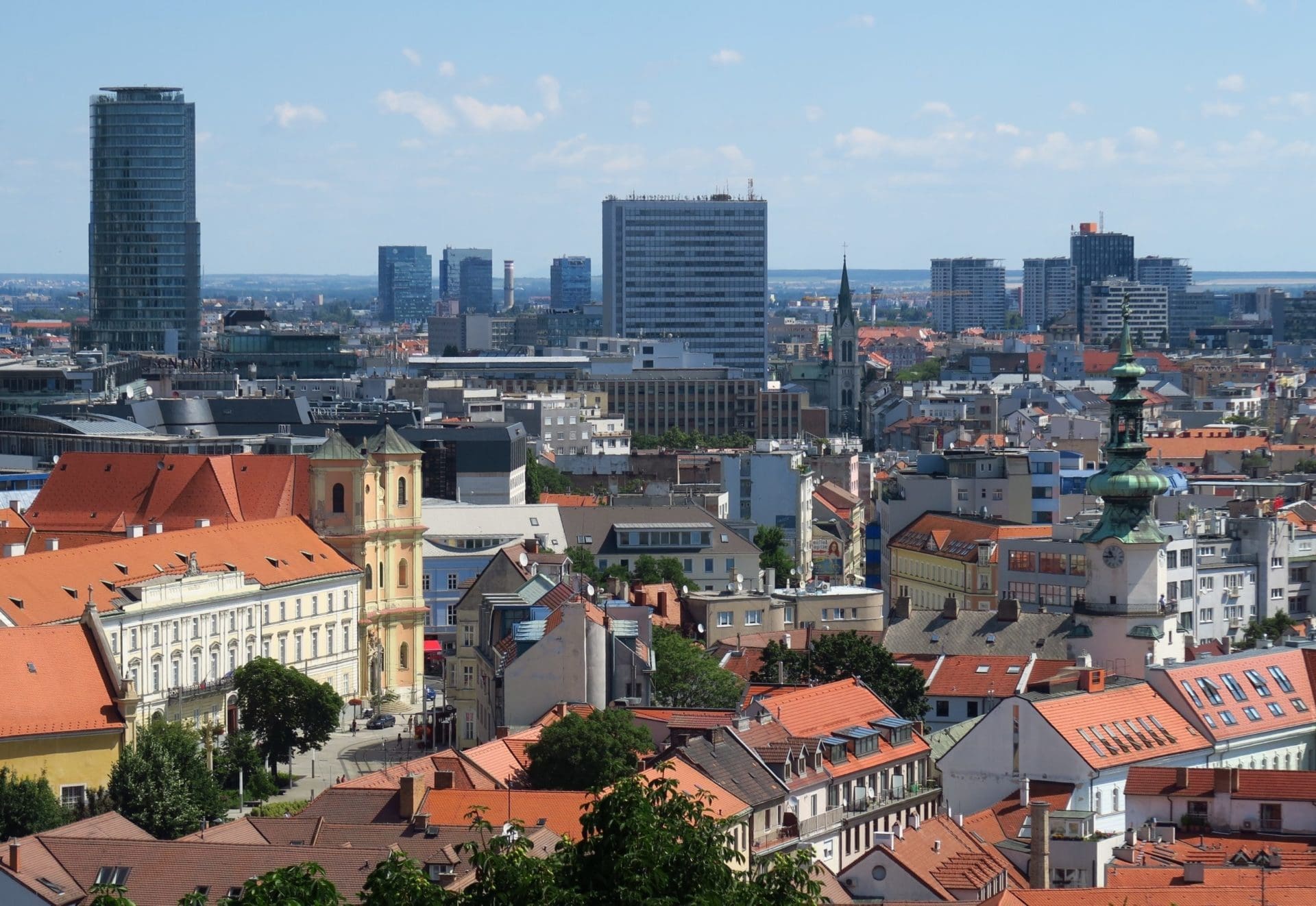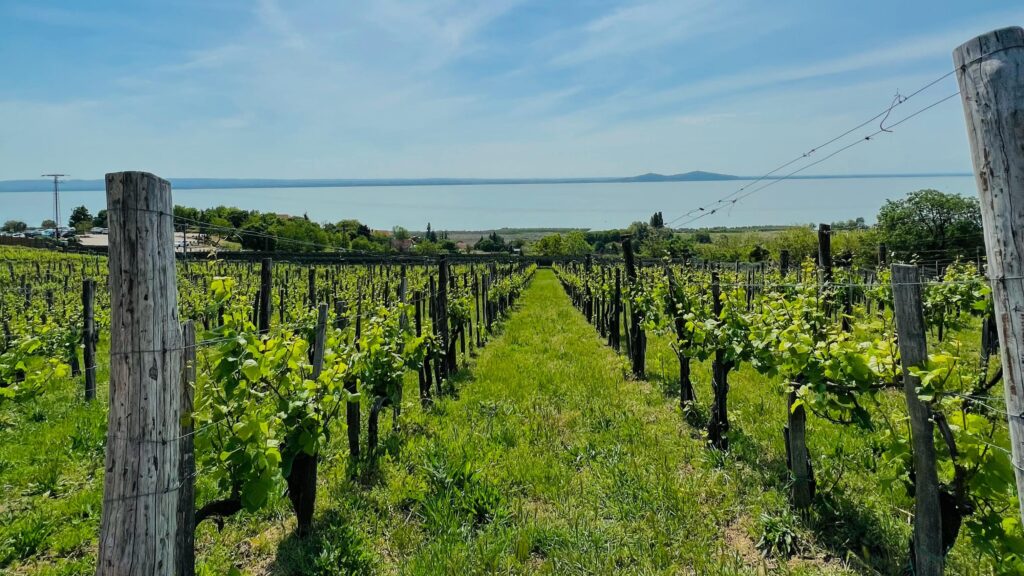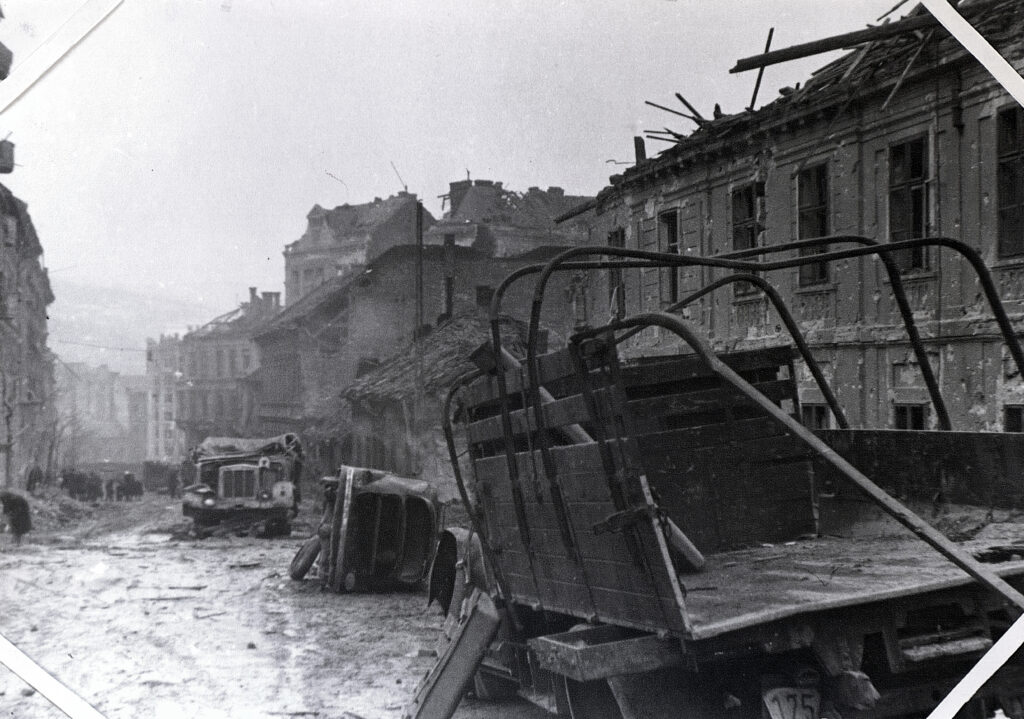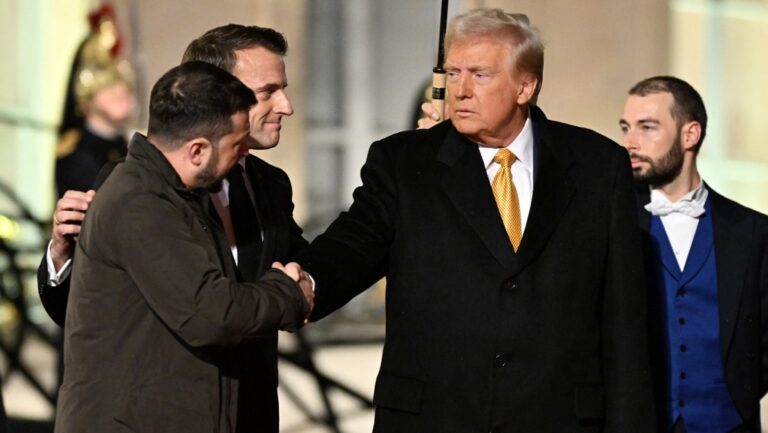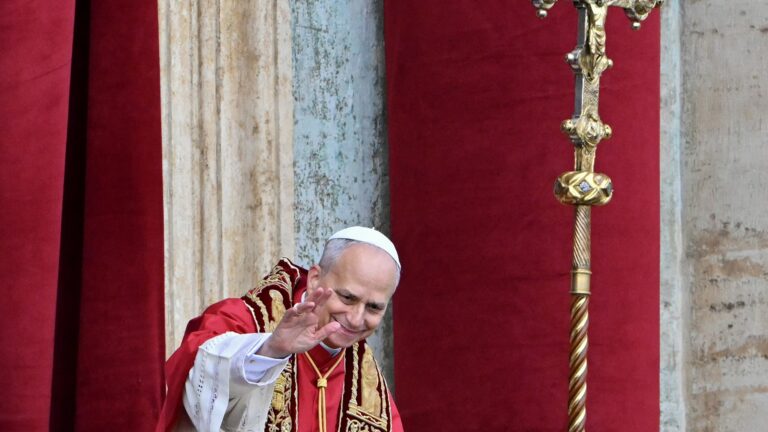Although the Hungarian-Slovak bilateral relations have improved significantly in the last decade, neuralgic points continue to emerge in the affairs of the two nations. In the spring of 2020, it seemed that the then newly elected Slovak Prime Minister, Igor Matovič, would be able to establish a prosperous working relationship with his Hungarian counterpart, Viktor Orbán. However, the political challenges did not allow for the consolidation of this accord, as Matovič lost his office due to the secret acquisition of the Russian Sputnik vaccine with earnest Hungarian intercession. Since then, there has been an ongoing governmental crisis in Slovakia. Ivan Korčok, the head of the Ministry of Foreign and European Affairs of the Slovak Republic and a member of the party Freedom and Solidarity, continuously represents a nationalist, occasionally even hostile, attitude regarding issues with Hungarian involvement. And there are many of the latter.
It is generally observed that Hungary’s neighbours, except Austria, find it difficult to accept that 102 years after the Treaty of Trianon and 73 years after the Paris Peace Treaty, large numbers of ethnic Hungarians still live in their territory who are linguistically, culturally and emotionally connected to their motherland. It is a humdrum phenomenon that Central European countries rarely see opportunities in the large Hungarian communities but rather treat them as a risk to national security which should be neutralised. It is precisely for this reason that, on the one hand, boosting the inflow of capital from Western Europe is a national interest from Bucharest to Bratislava. On the other hand, if the influx originates in Hungary, it is treated with suspicion and opposition. The leaders of these countries find it difficult to accept that the principle of the four freedoms on which the European Union is founded – the free movement of people, services, capital and goods – allows not only multinational but regional entrepreneurs and also state-run foundations to invest money, acquire ownership and make a profit. This is the reason for which the EU was established. Until now, Hungarian international investments were present most spectacularly in the banking and oil industries, but the phenomenon has also been spreading to a much lesser extent in the cultural sector. This time, the hostile attitude towards Hungarian capital outflows is most noticeable in Slovakia.
Central European countries rarely see opportunities in the large Hungarian communities but rather treat them as a risk to national security which should be neutralised
The Fundamental Law of Hungary states that ‘there is one single Hungarian nation that belongs together, Hungary shall bear responsibility for the fate of Hungarians living beyond its borders, shall facilitate the survival and development of their communities, shall support their efforts to preserve their Hungarian identity, the effective use of their individual and collective rights, the establishment of their community self-governments, and their prosperity in their native lands, and shall promote their cooperation with each other and with Hungary.’[1] In a parliamentary speech, the Minister of Foreign Affairs and Trade, Péter Szijjártó, added that the Government of Hungary feels responsible for strengthening the cultural foundations of Central European identity. For all these reasons, he considers it extremely important to take specific steps to preserve our predecessors’ architectural performance and take care of the built treasure with care and diligence.[2]
In this spirit, the Parliament of Hungary adopted a law establishing the Foundation for Preservation of Central European Built Heritage (Közép-európai Épített Örökség Megőrző Alapítvány), whose activities are aimed at the survival, preservation and maintenance of built historical legacy – especially architecture of significance for the historical and cultural heritage of Central Europe and Hungary.[3] As it is a foundation fulfilling a public interest, the initial financier of its activities is the Hungarian State itself. Due to this state allowance, the foundation acquired the tenure of two companies[4] – MANeVI Private Limited Company and Comitatus-energia Investment Trading and Service Private Limited Company – which according to press reports, indirectly incurred ownership ownership of four valuable real estates in foreign soil: one holiday-resort in Slovenia, one building in the historical centre of Osijek (Croatia), and two hotels in Romania.[5]
Since its establishment, the foundation’s real estate portfolio has multiplied. According to media sources, 24 properties can be found in its direct or indirect ownership.[6] Although the liberal media and some governmental politicians both in Hungary and abroad are critical of these acquisitions, it is clear that the foundation’s operation has resulted in a win-win situation for every party, including the buyer, the seller, the local municipalities and communities.
The Town of Komárno owned the imposing property; however, it had neither resources to renovate nor preserve it
An excellent example of this is the case of Komárno (Slovakia), where the foundation acquired a former bank building in the main square. The Town of Komárno owned the imposing property; however, it had neither resources to renovate nor preserve it. In a decade, the building has almost completely decayed and become life-threatening: there was fear of its collapse. For many years, the town management was looking for an investor to whom it could have been sold or rented, unsuccessfully. Finally, the Foundation for Preservation of Central European Built Heritage stepped up and took through its subsidiary possession of the property for 270 thousand euros.[7] It is estimated that the total reconstruction of the building could reach up to 10 million euros. At the same time, if the restoration is completed under competent management, the building will be able to operate profitably in the long run due to its prestige and location. As a result, capital outflows may even reverse in the long run.
Ivan Korčok and Péter Szijjártó have lately held bilateral negotiations, in which the mentioned real estate acquisitions have also been discussed. According to Korčok, he can accept that the Hungarian state supports the ethnic Hungarian communities in Slovakia. However, he believes that the beneficiaries of these grants should be decided jointly. As for real estate purchases, Korčok says the problem should be divided into two parts. In connection with the properties purchased for diplomatic purposes, he expects the Hungarian side to inform the Slovak state in advance. He also wishes the Slovak Ministry of Culture to be announced in case of a purchase of non-diplomatic properties. Péter Szijjártó emphasised that, on the one hand, the acquisitions made by the mentioned foundation constitute an act of private law. On the other hand, in the case of listed historical buildings, the Slovak side always has a right of pre-emption. So, practically it is only possible to acquire such properties if the Slovak authorities do not exercise such rights.[8] In the recent period, the Slovak side has not exercised this right in any case. This also faithfully reflects that Hungary’s activities do not harm local interests. On the contrary, they help preserve the built heritage beyond its borders.
[1] Ministry of Justice of Hungary, ‘The Fundamental Law of Hungary’ (23 December 2021), https://hunconcourt.hu/uploads/sites/3/2021/01/thefundamentallawofhungary_20201223_fin.pdf
[2] Parliamentary Speech of FM Péter Szijjártó, https://www.parlament.hu/naplo41/142/n142_0040.htm
[3] NET.JOGTAR.HU: 2020. évi XCIII. törvény a Közép-európai Épített Örökség Megőrző Alapítványról és a Közép-európai Épített Örökség Megőrző Alapítvány részére történő vagyonjuttatásról (2020), https://net.jogtar.hu/jogszabaly?docid=a2000093.tv
[4] Ibid.
[5] Katalin Erdélyi, Két állami céggel négy drága külföldi ingatlant adott egy alapítványnak a kormány, Atlatszo.hu (20 May 2021), https://atlatszo.hu/kozpenz/2021/05/20/ket-allami-ceggel-negy-draga-kulfoldi-ingatlant-adott-egy-alapitvanynak-a-kormany/
[6] Erdélyi, Kastélyt és várromot is vett Szlovákiában a Szijjártó embereivel kitömött alapítvány, Atlatszo.hu (27 June 2022), https://atlatszo.hu/kozugy/2022/06/27/kastelyt-es-varromot-is-vett-szlovakiaban-a-szijjarto-embereivel-kitomott-alapitvany/
[7] KOMARNO.SK, Minutes of the Meeting, (10 February 2022), http://www.komarno.sk/content/docup/hatarozat/12eb70d549ba9fc9487744bc0d6dab2d.pdf (06/28/2022)
[8] Krisztián Pomichal, Szijjártó és Korčok közös sajtótájékoztatója: A Budapestről érkező támogatásokkal nincs baj (17 June 2022) https://ma7.sk/hethatar/szijjarto-es-korcok-kozos-sajtotajekoztatoja-a-budapestrol-erkezo-tamogatasokkal-nincs-baj

